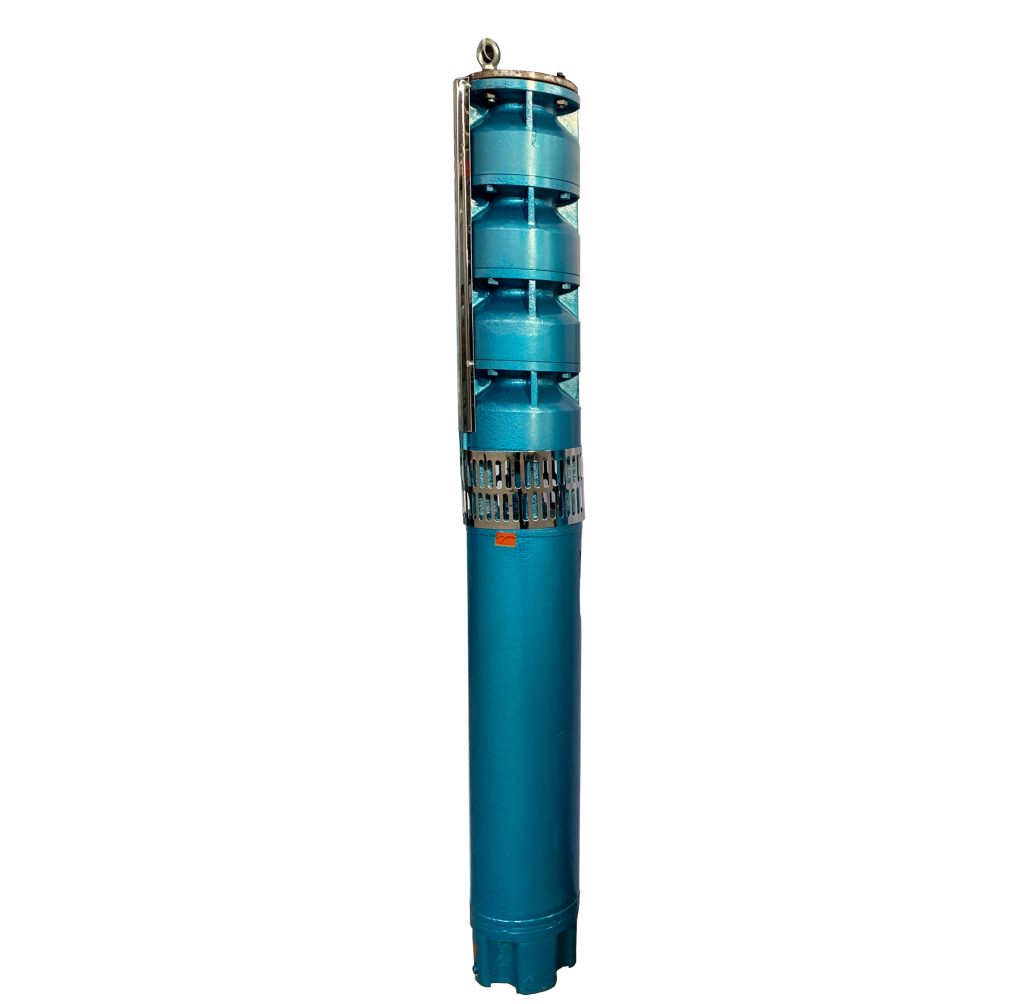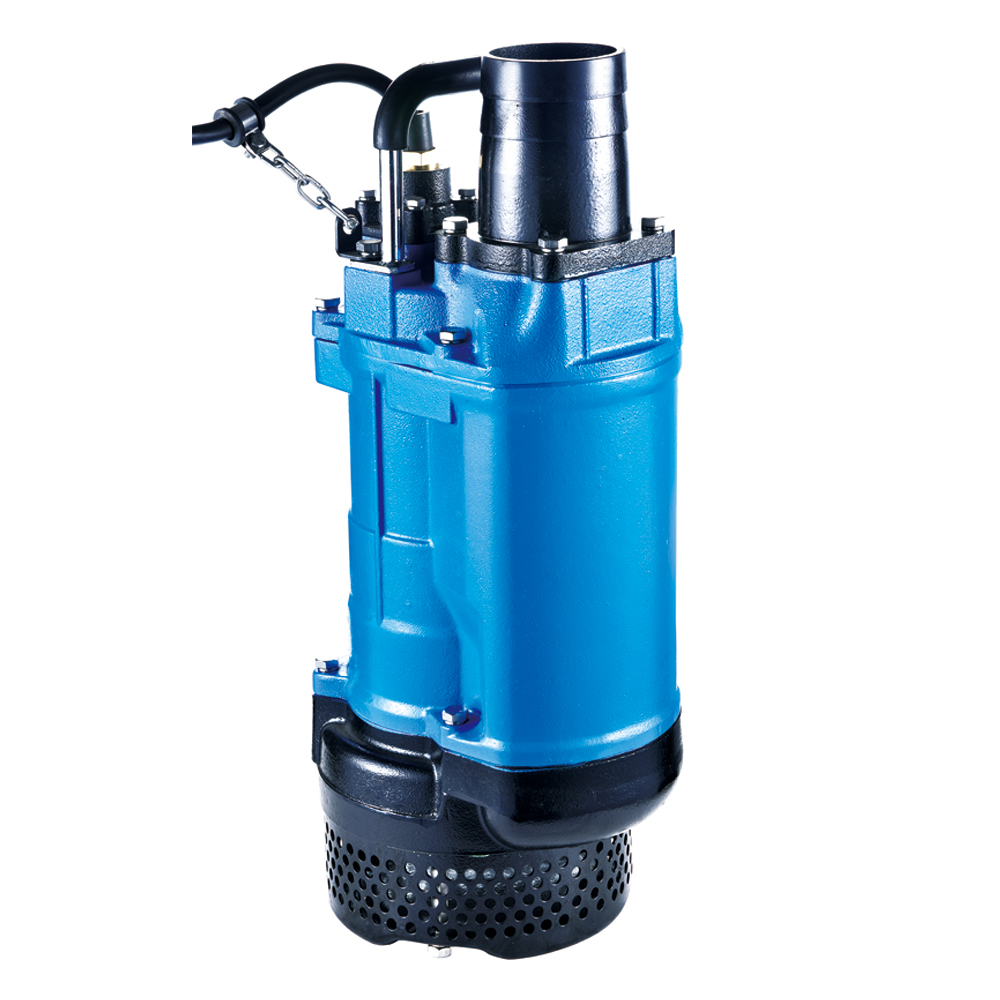A poorly installed submersible pump can cause low water yield, pump burnout, or frequent breakdowns. These issues can lead to costly repairs and operational downtime. To ensure efficiency and longevity, the pump must be installed at the correct depth.
The ideal installation depth of a submersible pump depends on factors such as well depth, water level fluctuations, and pump power. Typically, it should be placed at least 10–20 feet below the static water level but above the well bottom to prevent sediment intake.
Choosing the wrong depth can impact pump performance. Let’s explore how deep a submersible pump should be installed for optimal operation.
How Deep Do You Put a Submersible Pump?
The depth at which a submersible pump is installed depends on the total well depth and the static and dynamic water levels. The pump should be placed deep enough to remain submerged during water level fluctuations but not so deep that it operates inefficiently or gets clogged with sediment.
For most wells, the pump is installed 10 to 20 feet below the static water level to ensure consistent water intake. However, it should be positioned at least 5 feet above the well bottom to prevent sand and debris from entering. If a well is 200 feet deep, and the static water level is at 50 feet, the pump is usually installed between 70 and 80 feet deep.
Other factors, such as the submersible pump power, flow rate, and well recharge rate, also determine the best depth for installation. Consulting a reliable submersible pump supplier ensures the correct specifications for your application.
What Is the Minimum Depth for a Submersible Pump?
The minimum depth for a submersible pump is primarily determined by the lowest expected water level. A pump must be fully submerged to prevent air intake, which can cause cavitation and motor damage.
A general guideline is that the pump should be at least 10 feet below the lowest anticipated drawdown level. For example, if a well’s water level drops to 80 feet during peak usage, the pump should be placed at 90 feet or deeper. In shallow wells, this minimum depth ensures the pump remains underwater even during seasonal fluctuations.
Additionally, the pump’s power rating influences its required depth. A high-powered submersible pump may require deeper placement to prevent excessive turbulence and air entrainment. Ensuring a proper depth helps maintain pump efficiency and prolongs its lifespan.
How Shallow Can a Submersible Pump Be?
While submersible pumps are designed to operate underwater, placing them too shallow can lead to pump cavitation, overheating, and poor water flow. The minimum working depth depends on the specific pump model and water level fluctuations.
In general, a submersible pump should always be at least 5 feet below the static water level to maintain proper suction and cooling. If installed too close to the surface, the pump may draw in air, leading to inefficient operation and motor damage.
For very shallow wells (less than 25 feet deep), a submersible pump may not be the best option. Instead, jet pumps or shallow well pumps are more suitable. However, if using a submersible pump in a shallow well, ensure it remains fully submerged at all times.
What Is the Minimum Submergence of a Submersible Pump?
Minimum submergence refers to the required depth of water above the pump to maintain proper cooling and prevent air intake. A submersible pump power rating influences this requirement, as more powerful pumps generate stronger suction and require deeper submergence.
Most manufacturers recommend a minimum submergence of 5 to 10 feet above the pump. This ensures:
- Proper motor cooling to prevent overheating
- Consistent water intake without drawing in air
- Reduced risk of cavitation, which can cause performance issues
For high-capacity pumps, deeper submergence is necessary. Always consult your submersible pump supplier to determine the ideal submergence based on your pump model and water source characteristics.
Conclusion
Installing a submersible pump at the correct depth ensures reliable performance, efficiency, and longevity. Always consider well depth, water level fluctuations, and pump power when determining installation depth.




